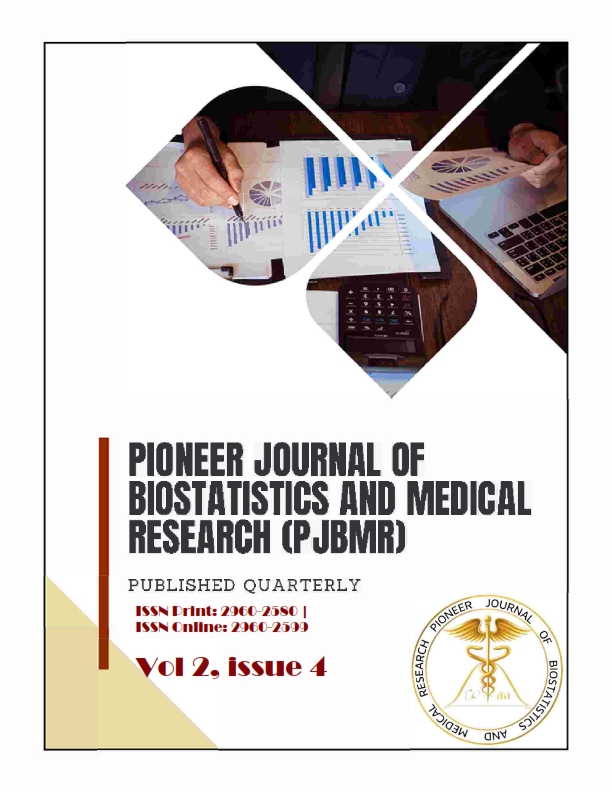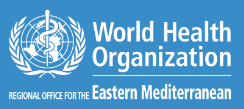Diagnostic accuracy of 50 g glucose challenge test for screening of the gestational diabetes mellitus using 75 g oral glucose tolerance test as reference standard
DOI:
https://doi.org/10.61171/v02.04.85Abstract
Background: Gestational diabetes mellitus (GDM) is a common causative factor of grave maternal and fetal consequences. Prompt and precise diagnosis of GDM can aid in lessening the likelihood of these unfavorable outcomes.
Objective: To find the diagnostic accuracy of 50 g GCT (glucose challenge test) for detecting GDM, using 75 g OGTT (oral glucose tolerance test) as the reference standard and to find complications of GDM were also reported.
Methodology: A diagnostic cross-sectional study was executed at the outdoor patient department of gynecology unit, Lahore General Hospital, Lahore. It comprised of 285 pregnant females aged ≥ 18 years who were screened for GDM. All participants undertook 50 g GCT, followed by 75 g OGTT. Result was considered true positive if GDM was reported on both tests. A 2x2 table was made to estimate the sensitivity and specificity, positive predictive value (PPV) and negative predictive value (NPV) and diagnostic accuracy of GCT using OGTT as gold standard.
Results: Mean age of patients was 26.28±4.183 years. According to GCT, 39 (13.68%) cases were positive for GDM. On the other hand, 42 (14.74%) tested positive for GDM using 75 g OGTT. We found Sensitivity = 85.71%, Specificity = 98.77% of 50 g GCT and PPV = 92.31 % NPV = 97.56% and overall diagnostic accuracy was found as 96.84%. A total of 86(30.17%) participants reported gestational hypertension whereas Hydramnios was reported in 26 (9.12%) participants. 94(32.98%) patients underwent cesarean section due to cephalopelvic disproportion. Macrosomia, shoulder dystocia and neonatal hypoglycemia was reported in 36(12.63%), 14(4.91%) and 84(29.47%) cases, respectively.
Conclusion: 50g GCT provided significantly high sensitivity and specficity for diagnosing GDM. As it is a cost-effective and provides reasonably accurate results, it can be used as an alternate to 75 g OGTT. This could aid in minimizing the maternal and fetal consequences by timely identification of the condition.
Downloads
Downloads
Published
Issue
Section
License
Copyright (c) 2024 Surayya Batul (Author)

This work is licensed under a Creative Commons Attribution 4.0 International License.












